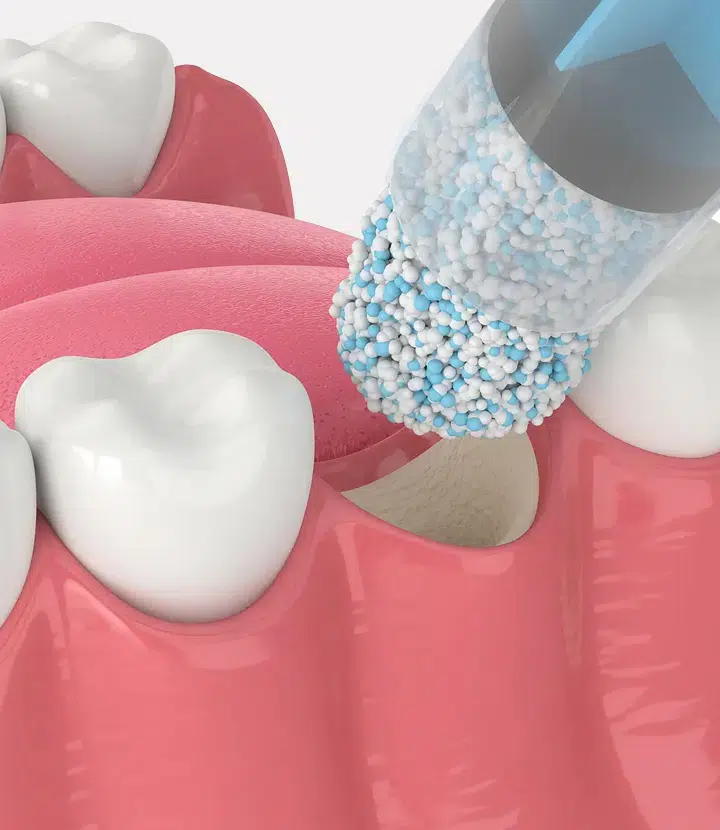
bone grafting in Metairie, LA
Dental bone grafting involves a surgical process aimed at repairing or reconstructing bones by transplanting bone tissue. This procedure enables dentists to restore missing bone and supporting tissue, typically to provide adequate support for dental implants.
A dental bone graft becomes necessary when there is an insufficiency of natural bone in the oral cavity to support dental implants. Various factors can contribute to this deficiency, including developmental anomalies, periodontal disease, facial trauma or injury, or the presence of empty space following tooth extraction.
Several types of dental bone grafts exist, with the most suitable option determined by the extent of damage requiring repair and the location of the missing tooth.
Dental bone grafts are a commonly performed procedure, offering a safe and effective long-term solution for individuals who have lost a tooth due to periodontal disease, injury, or other dental or oral infections. If you're considering this procedure, it's crucial to consult with your dental office to determine the best course of action for your specific situation.
What Is A Dental Bone Graft?
Dental bone grafting is a minimally invasive surgical technique aimed at stimulating the growth of new bone to replace damaged or missing bone tissue.
The graft material can be sourced from various places, including another area of the body or synthetic materials. Typically, it comprises processed bone minerals that facilitate the regeneration of new bone cells over time.
Are Dental Bone Grafts Painful?
How Long Does It Take To Recover From A Dental Bone Graft?
Your Metairie dentist will typically prescribe antibiotics to prevent infection, and occasionally pain medication may be provided. However, many patients do not experience significant pain following the procedure.
A dental bone graft typically precedes dental implants. After the grafting procedure, your dentist must wait for the new bone to integrate with the natural bone in your mouth before proceeding further. This timeframe varies for each individual but generally lasts no longer than one to two months.



